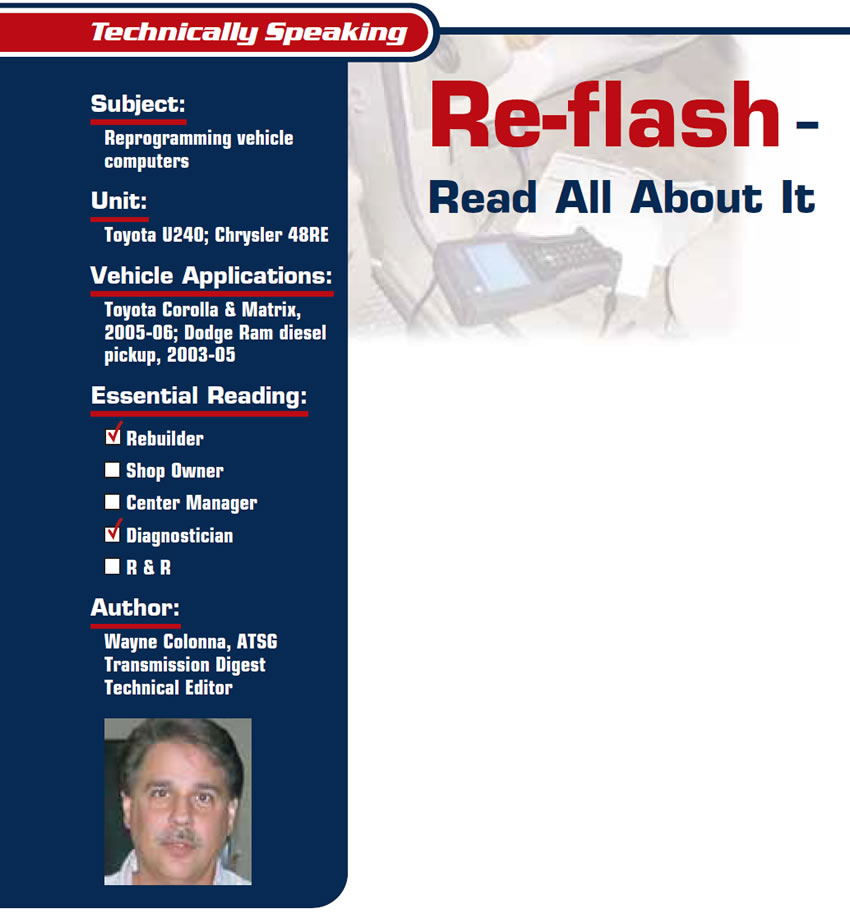Keep Your Eye on the Ground
How many times did we hear those words when we stumbled? Sometimes this can also be good advice when you’re working on electronic control devices like the TCM.

VIN: ‘Very Important Number’
The acronym VIN is known to mean “vehicle identification number” but it also should be known as a “very important number.” Here is a good example of why that’s so.
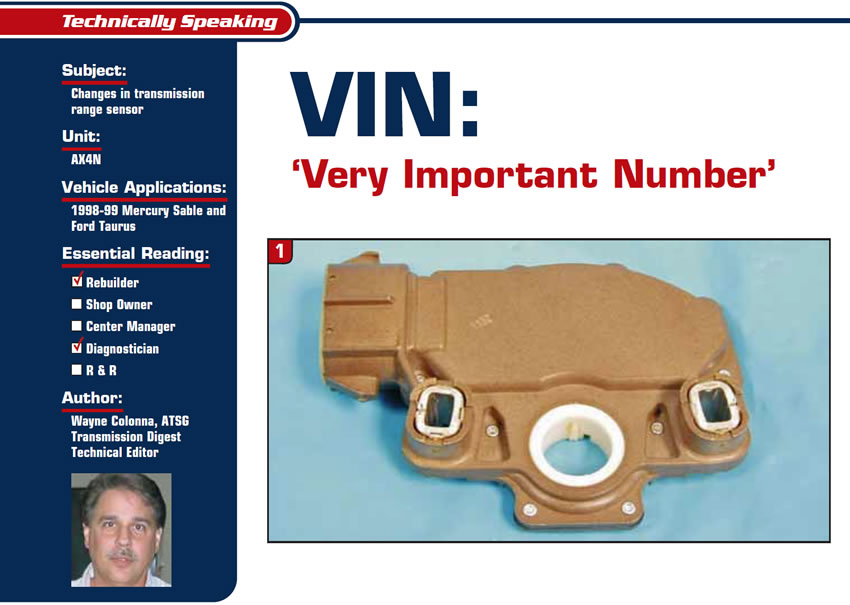
Identifying Those GM 300mm Dampers
The 300mm converter has become very popular in GM units. First used in the Corvette and F-model vehicles (Firebirds and Camaros), today it is also used in most trucks, vans and SUVs. The converter is also manufactured in a 280mm version (VJCX, for example).

Diagnosis with Pressure Gauges
Not too many years ago, before computers found their way into cars, the pressure gauge was the technician’s main diagnostic tool. The pressure gauge can check pump capability, line rise, pressure-regulator and pressure-boost-valve operation, minimum line pressure and maximum line pressure. You can even see a crack in the filter neck on a pressure gauge without pulling the pan! Did you know that with the help of a pressure gauge you can get a good idea of whether non-OEM frictions were used during a rebuild, causing a harsh upshift?

The 10 Biggest Hiring Mistakes and How to Avoid Them
Truly one of the greatest shortcomings owners and managers possess is the ability to make hiring decisions on the basis of concrete evidence that a job candidate will indeed be ready, willing and able to perform the tasks for which he or she is being employed. When someone leaves or when the shop gets really busy, we tend to panic and look for any warm body to take the place of the missing person or fill the open slot. Additionally, in a labor market that is so tight for our particular industry, our mistakes can be exaggerated far beyond the norm. These mistakes can cost many thousands of dollars and can even put us out of business in some extreme cases.

Diagnosis of Electronic ‘Active’ Transfer Cases
This is the fourth article in a series devoted to diagnosis of manual transmissions and transfer cases. Electronic “active” transfer cases cause 70% of the tech calls we receive.
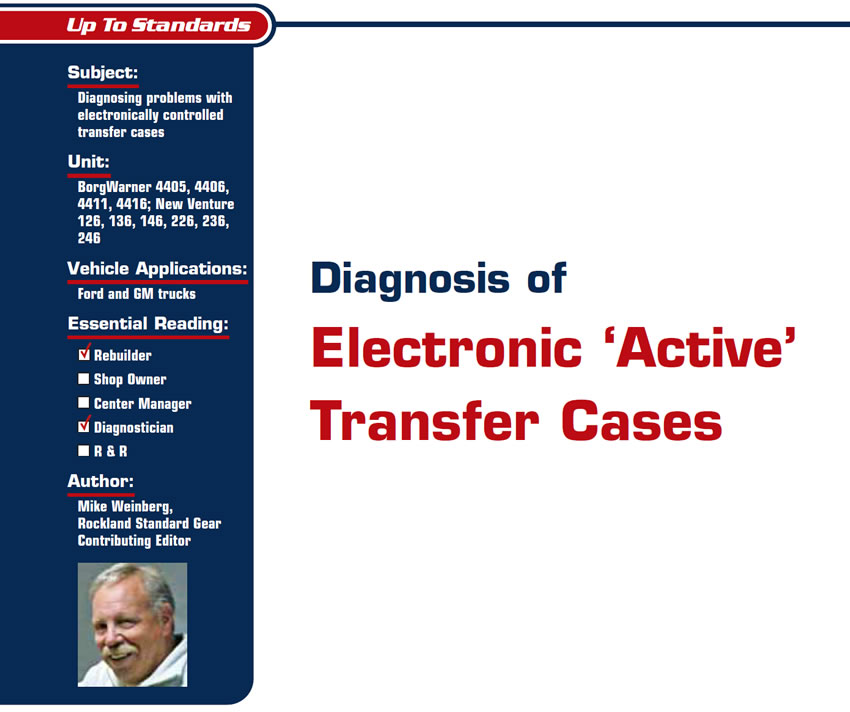
December 2007 Issue
Issue Summary:
Blocking of direct-clutch feed holes by the center-support sleeve causes loss of reverse and perceived loss of fourth gear in a Ford 5R110W.
Bonded pistons for the 5L40-E are now available from two aftermarket sources, and there are two options for installation tools.
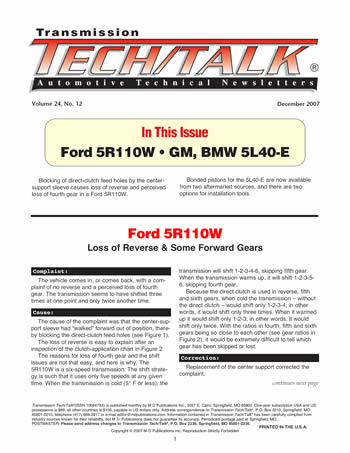
Wear in Magnesium Transfer-Case Housings
One OEM supplier estimates that 2 million transfer-case housings have been made from magnesium1. In the aftermarket, these parts have been working their way into transmission shops at an ever-increasing rate. The questions I discuss here are why magnesium transfer-case housings wear so dramatically while their similar aluminum counterparts do not, and how this affects repair choices.

Diagnosing Noises in Manual Transmissions
Continuing with our third article in the series on manual-transmission diagnosis, we now concentrate on noise. Noise is a difficult and time-consuming problem if you do not follow a prescribed step-by-step diagnostic process. Every rotating or moving part in a vehicle creates some noise. The vehicle itself moving through the air creates noise. Tires, exhaust, and suspension parts create noise as part of their normal operation.
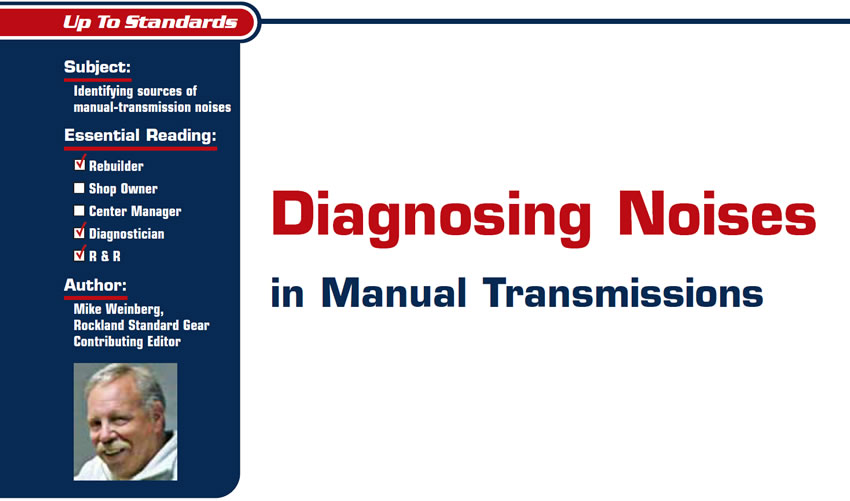
November 2007 Issue
In This Issue
4L60/65/70-E: Input-Shaft-Speed Sensor Added
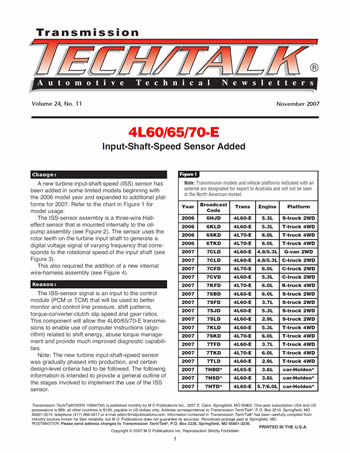
Do You Speak My Language?
The local transmission shop, in an effort to eliminate a code 68, replaced the input- and output-speed sensors, 2-3 solenoid and the transmission-range pressure switch (later you will see why). It also replaced the internal harness and external connector because they where “old and fitted loose.” When the problem persisted, the local transmission shop sent the vehicle to us.
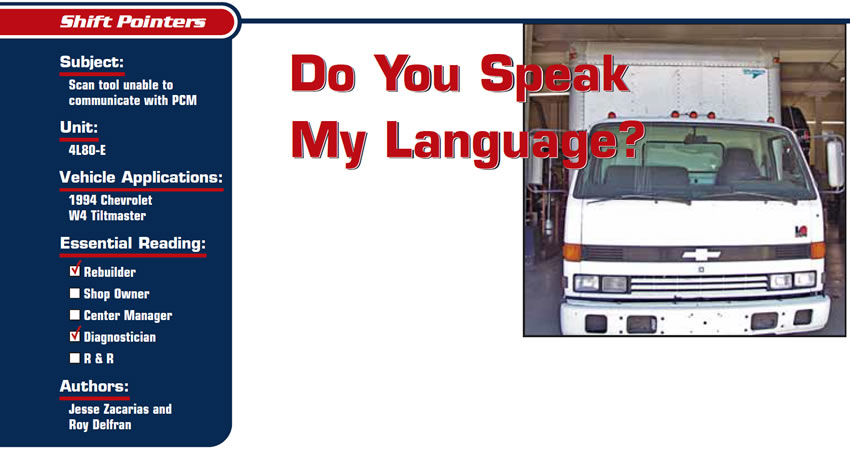
Re-flash – Read All About It
I find any articles or training related to the topic of re-flashing or reprogramming computers to be of great interest and a great help to me and to all transmission technicians because it has become a very prominent repair procedure. In fact, looking through the past 10 years of OE bulletins, I find that the ratio of actual repairs versus computer reprogramming has changed dramatically, totally favoring computer reprogramming.
